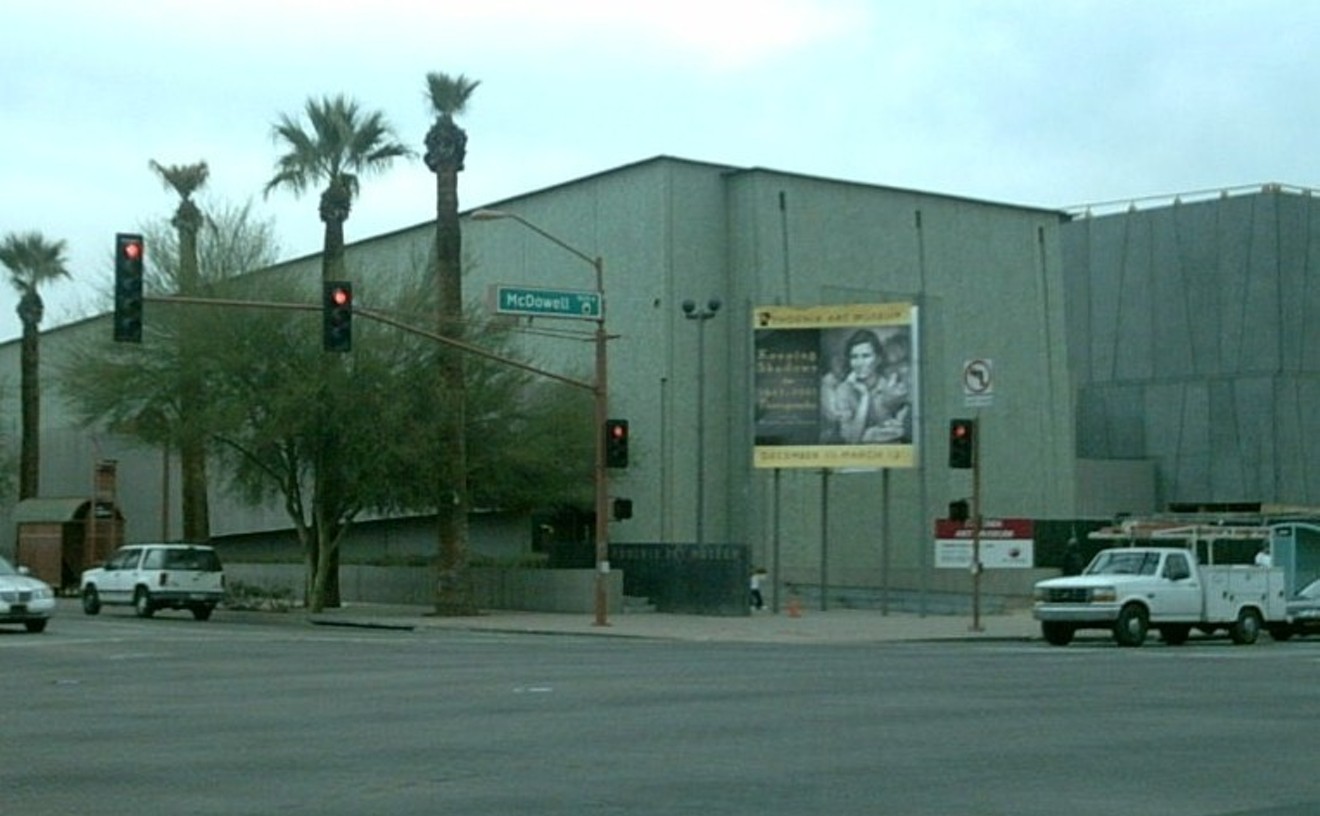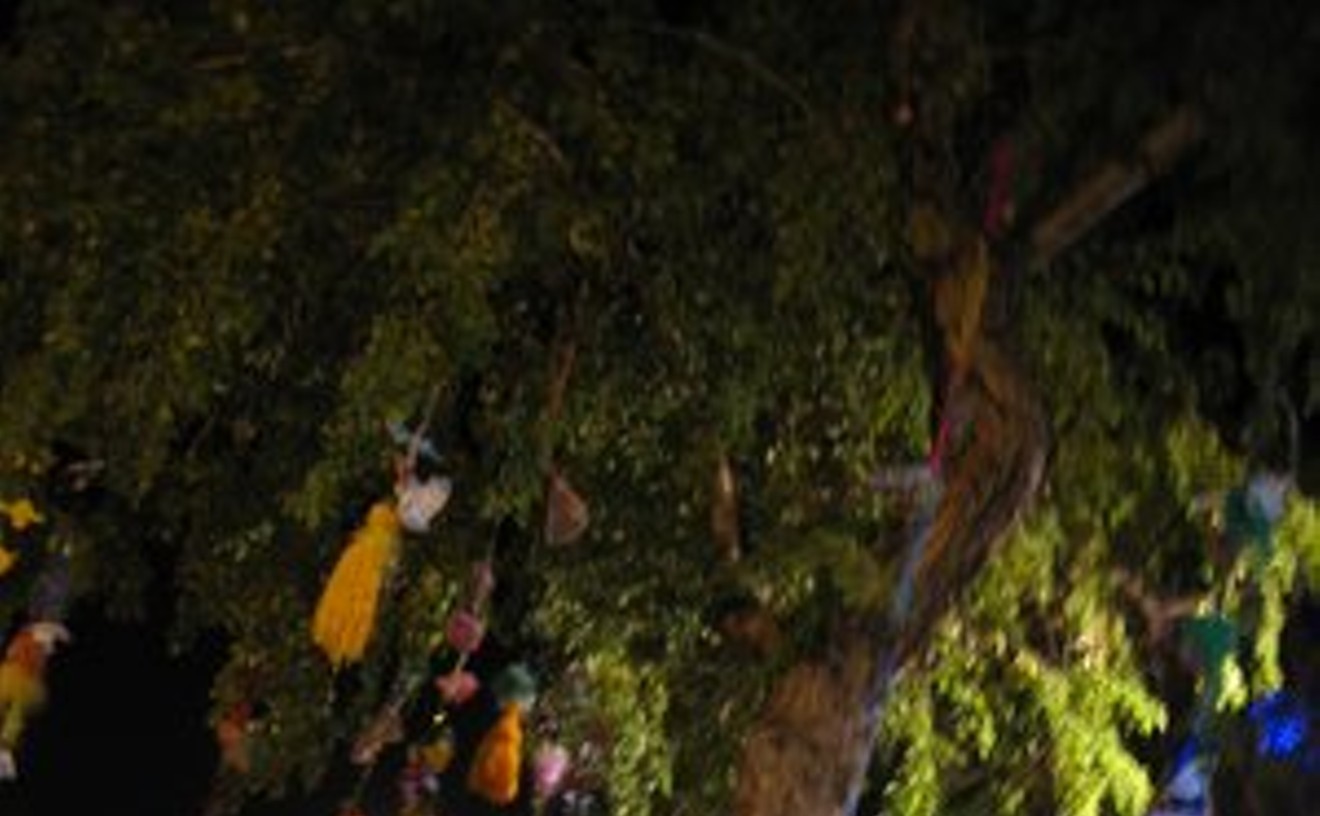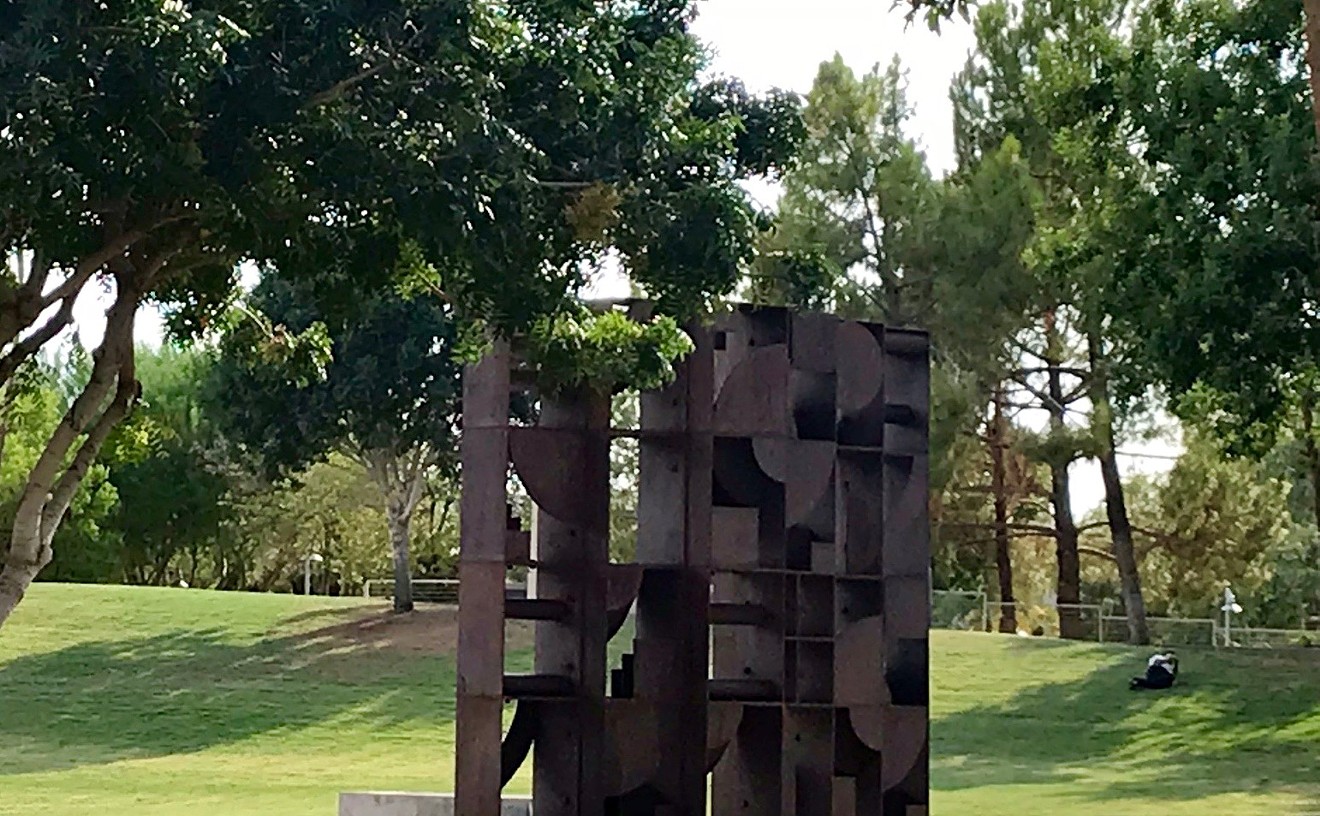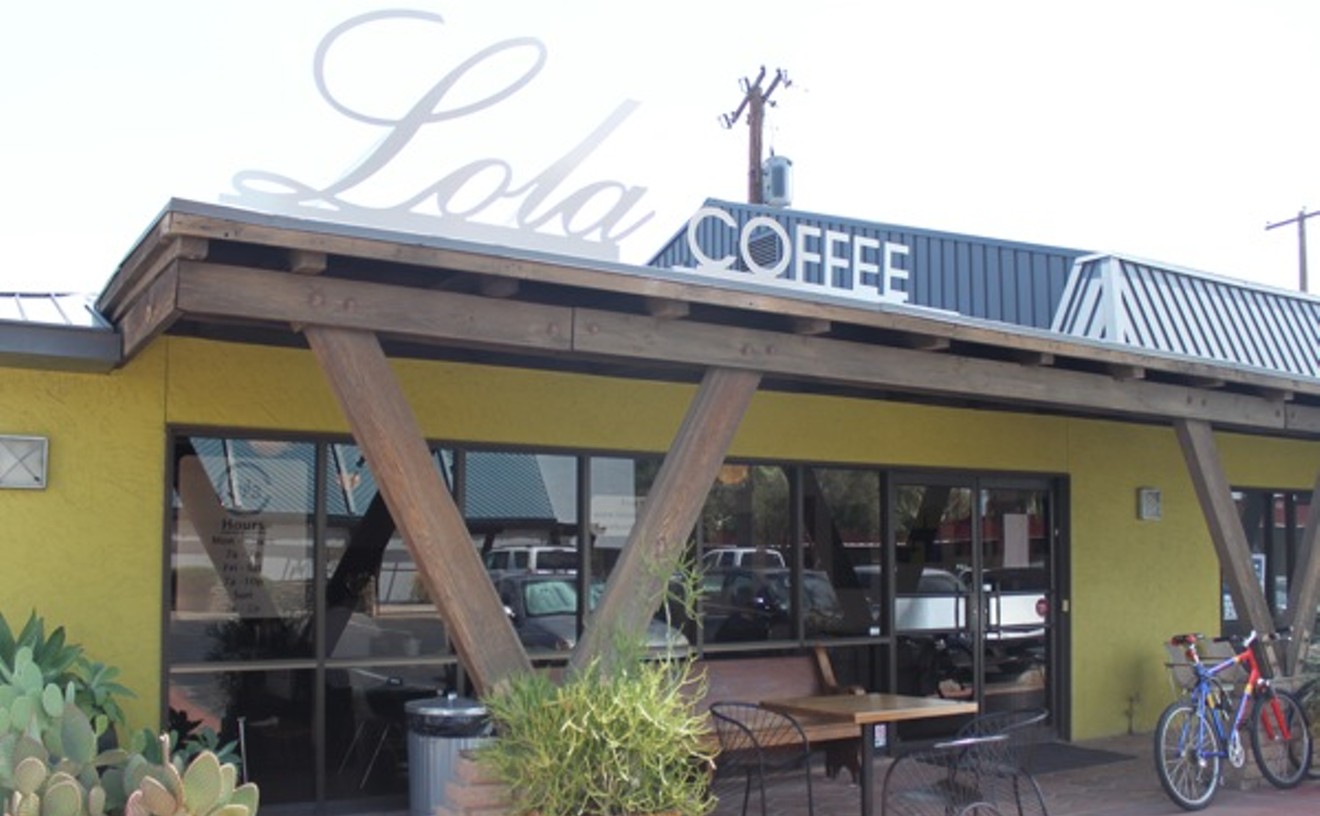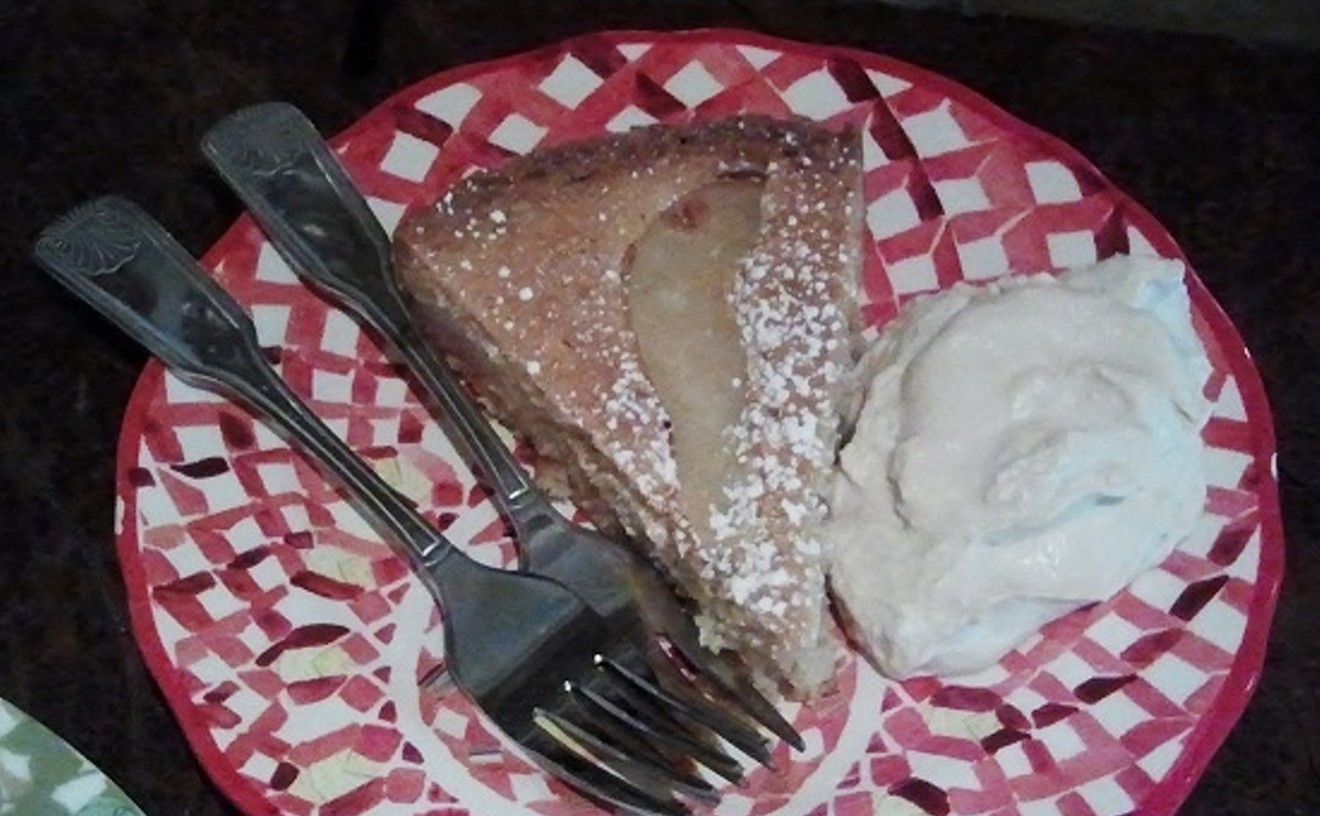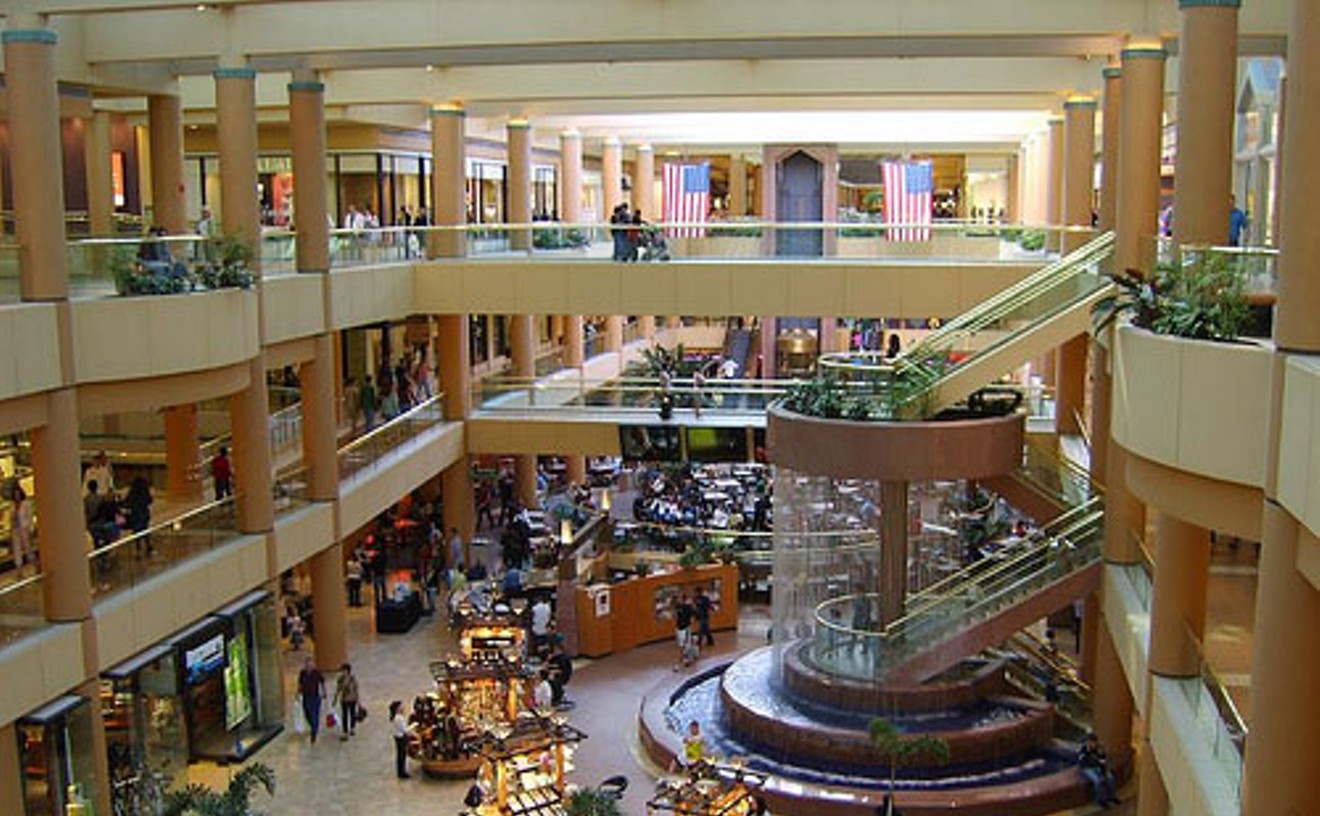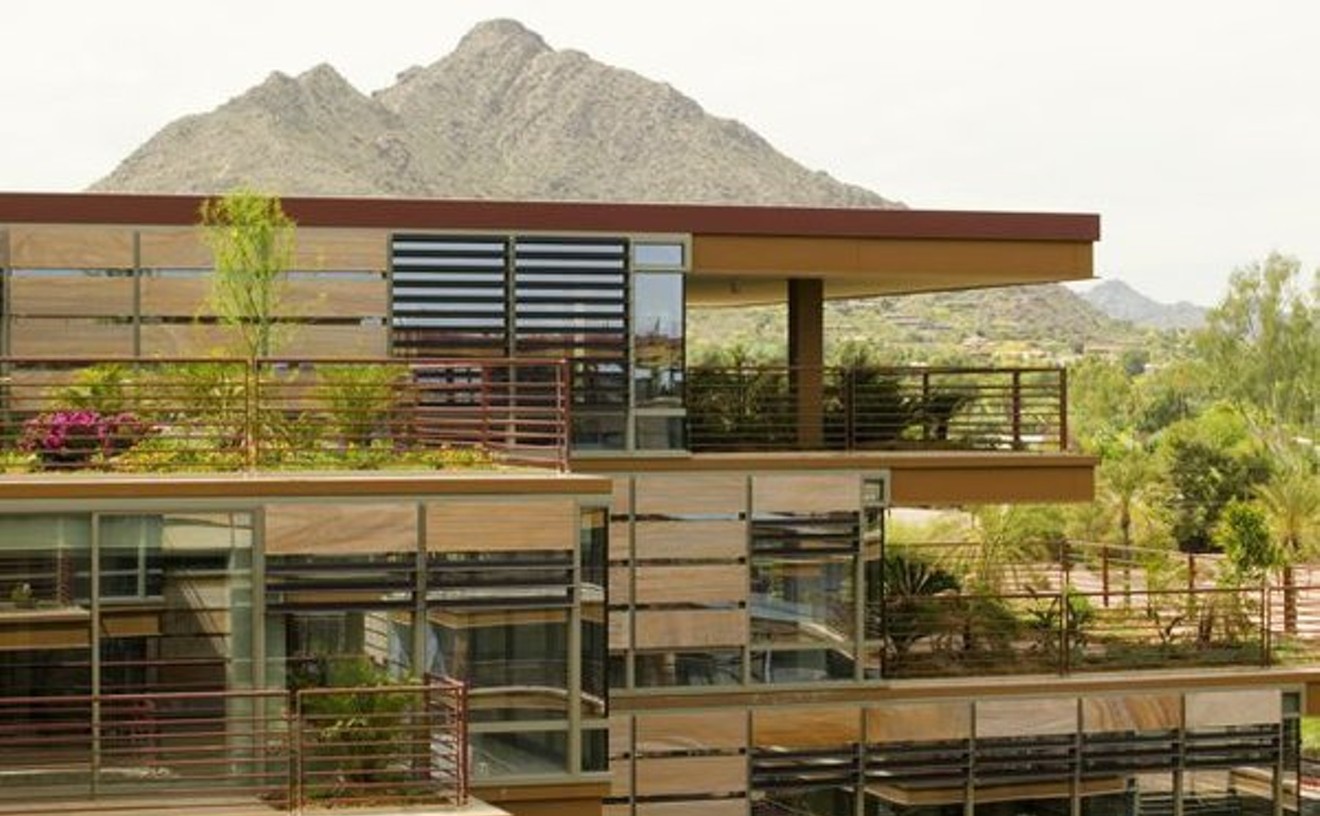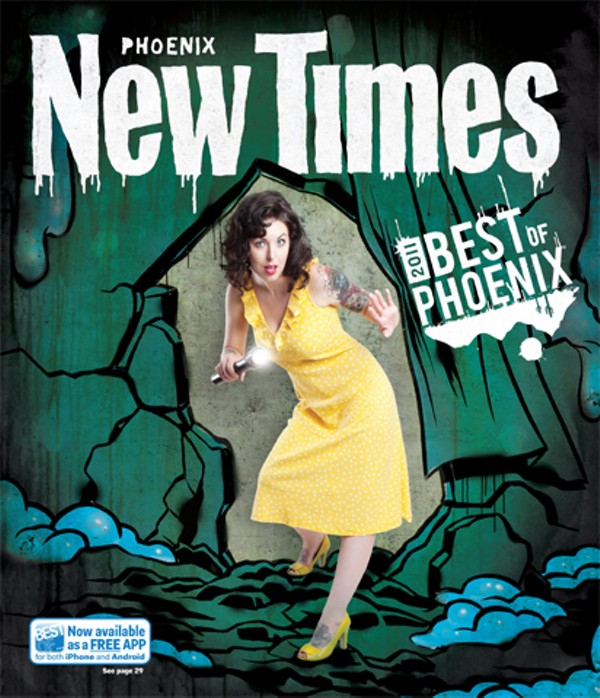Phoenix? This place is hardly the fashion capital of anybody's world — here we glue crap to T-shirts and call it haute couture. Ah, but we've got Dennita Sewell, who has curated the Phoenix Art Museum's fashion collection since 2000.
And that's how scruffy Phoenix came to have one of the year's sleekest fashion-based art exhibits, lauded everywhere from Elle to the New York Times.
Born and raised on a farm in Missouri, Sewell developed a passion for clothing early on. Both her mother and grandmother were expert seamstresses, and she majored in textile management at the University of Missouri. After that, she headed to Yale University for an MFA in costume and set design and eventually became the Collections Manager at the Metropolitan Museum of Art in New York.
And then she came to Phoenix, whose namesake art museum has a 5,000-item fashion collection — one of the best in the country, thanks to donations over the years from rich and famous vacationers.
Talk your way into a tour of the museum's underground, and you'll see a original 1966 Yves Saint Laurent Le Smoking suit, a handmade footman's livery (circa 1830s), and flashy platform boots formerly belonging to the band Steppenwolf.
Items are chosen for "how they're important for telling the fashion story of the era," Sewell says.
The vault is temperature- and humidity-controlled — and under tight security. No mothballs or chemicals are used to preserve the materials. Twentieth-century items are arranged alphabetically by designer, and everything before that is stored in chronological order. Accessories are grouped by type.
"Storage is a big undertaking and a huge endeavor, and it's very time-consuming and expensive," Sewell says, picking her way amongst tall columns of shelves stacked with long, flat boxes, each labeled with a picture of the garment within.
Inside the boxes, clothes are wrapped and stuffed with tissue paper to protect their form and thwart dust. Shoes are carefully arranged on shelves. Clothing made of heavy textiles rests on hangers in closets. Repairs and cleaning are kept to a minimum and only happen after a consultation with a local conservator in order to keep the items as true as possible to their original forms.
Turns out modern textiles are the hardest to keep. While their 18th- and 19th-century predecessors were made of pure, natural fibers that tend to be highly durable, the plastics and chemicals introduced in the 20th century have proved to be a challenge to preserve. Some items, like vinyl shoes, are essentially self-destructing — becoming brittle and losing their color over time.
"There's nothing you can put on them to preserve them; consistent temperature and humidity is the only thing that helps them survive," says Sewell, who refuses to name a favorite piece — even when pressed.
Times are tough for the fashion industry; the mass production of clothing has made couture less and less accessible to regular people and has put a strain on designers competing for an ever-limited clientele. Nevertheless, Sewell remains optimistic about the perseverance of the industry. "The wealthy will always seek ways to define themselves from other people," she says. "Couture is never going to die."
To see more photos of the Phoenix Art Museum's fashion collection, visit www.phoenixnewtimes.com/bestof2011.


